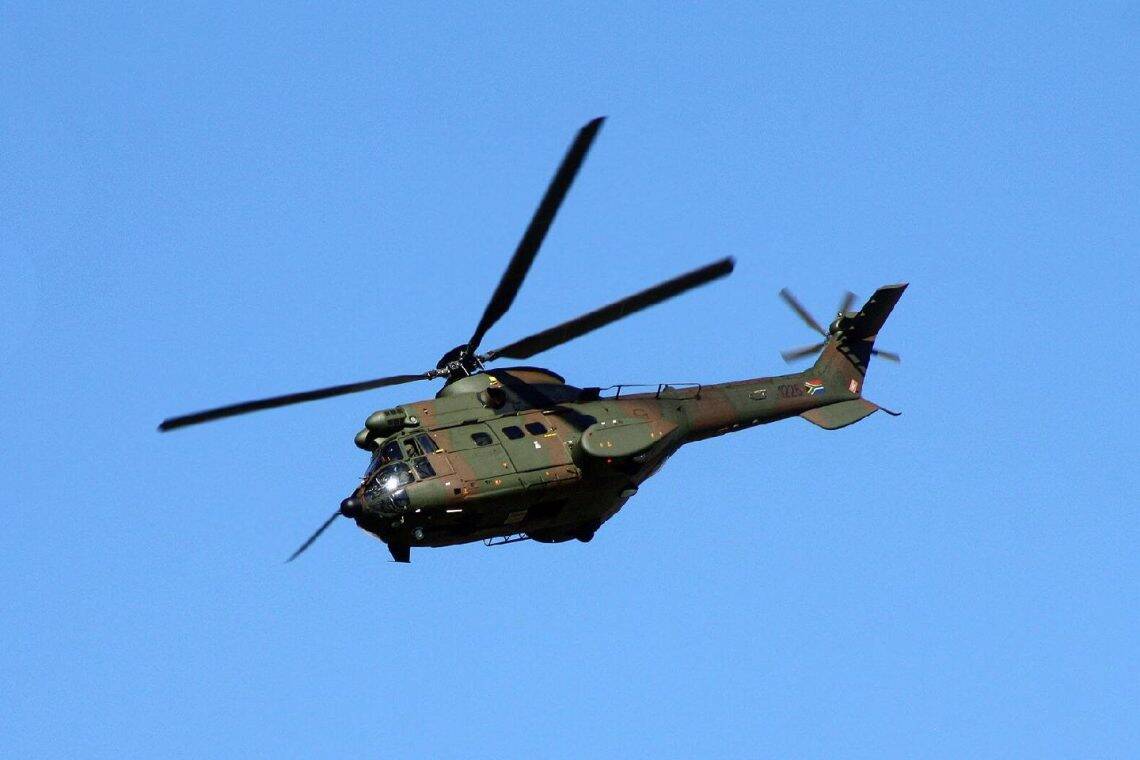Recent reports have stirred concern over the status of the South African Air Force’s (SAAF) Oryx medium-transport helicopters deployed in the Democratic Republic of Congo. Official statements emphasize that the aircraft are not abandoned and that many remain operational, though challenges persist. Here’s what can be confirmed, what remains unclear, and what this means for regional security.
What the Facts Say
The South African National Defence Force (SANDF) clarified that no Oryx helicopters were abandoned in the DRC. Official communications confirm that the aircraft remain under SANDF control and that damaged units are being repaired as part of routine post-mission maintenance.
One helicopter sustained damage during United Nations peacekeeping operations in 2024 and is undergoing repair. DefenceWeb and other defence analysts report that most of the aircraft are operational, with logistics and airlift operations continuing to return personnel and equipment from the DRC following the conclusion of the SAMIDRC mission.
The SAMIDRC mission, a Southern African Development Community (SADC) initiative launched in late 2023, supported the DRC’s armed forces against rebel activity in the eastern regions. As operations wind down, the gradual repatriation of forces and aircraft marks the mission’s close.
What’s Still Unclear
There is no confirmed record that multiple Oryx helicopters returned to South Africa entirely under their own power. The SANDF has not released a specific timeline for the full return of all aircraft. Janes Defence notes that details about flight-readiness levels and logistical planning remain limited.
Maintenance and spare-parts shortages remain long-standing challenges for the SAAF, compounded by budget constraints and an ageing fleet. Analysts suggest that these issues, rather than neglect, explain the slower pace of aircraft rotation and recovery.
Implications for Regional Security
The Oryx fleet’s status underscores the difficulties of sustaining air operations across large distances in Africa’s challenging terrain. Reliable aerial logistics are crucial for humanitarian aid, peacekeeping, and rapid-response operations—roles that remain essential despite the growing focus on unmanned systems worldwide.
Partial repatriation or restoration of serviceable aircraft strengthens the SAAF’s readiness for domestic duties such as disaster relief, border patrol, and future regional missions. The case also highlights the need for transparent reporting and sustainable defence logistics to maintain public confidence and international credibility.
Lessons and Global Parallels
Modern peacekeeping relies increasingly on aerial assets—both manned and unmanned—to overcome vast distances and limited infrastructure. In that sense, South Africa’s Oryx experience mirrors broader trends in military aviation worldwide, where readiness and repair logistics often define the success of operations more than technology alone.
The lessons are clear: pre-deployment investment, timely maintenance, and robust exit planning are as vital as operational strategy. For countries balancing tight budgets with complex missions abroad, the Oryx helicopters serve as both a warning and a testament to resilience.
